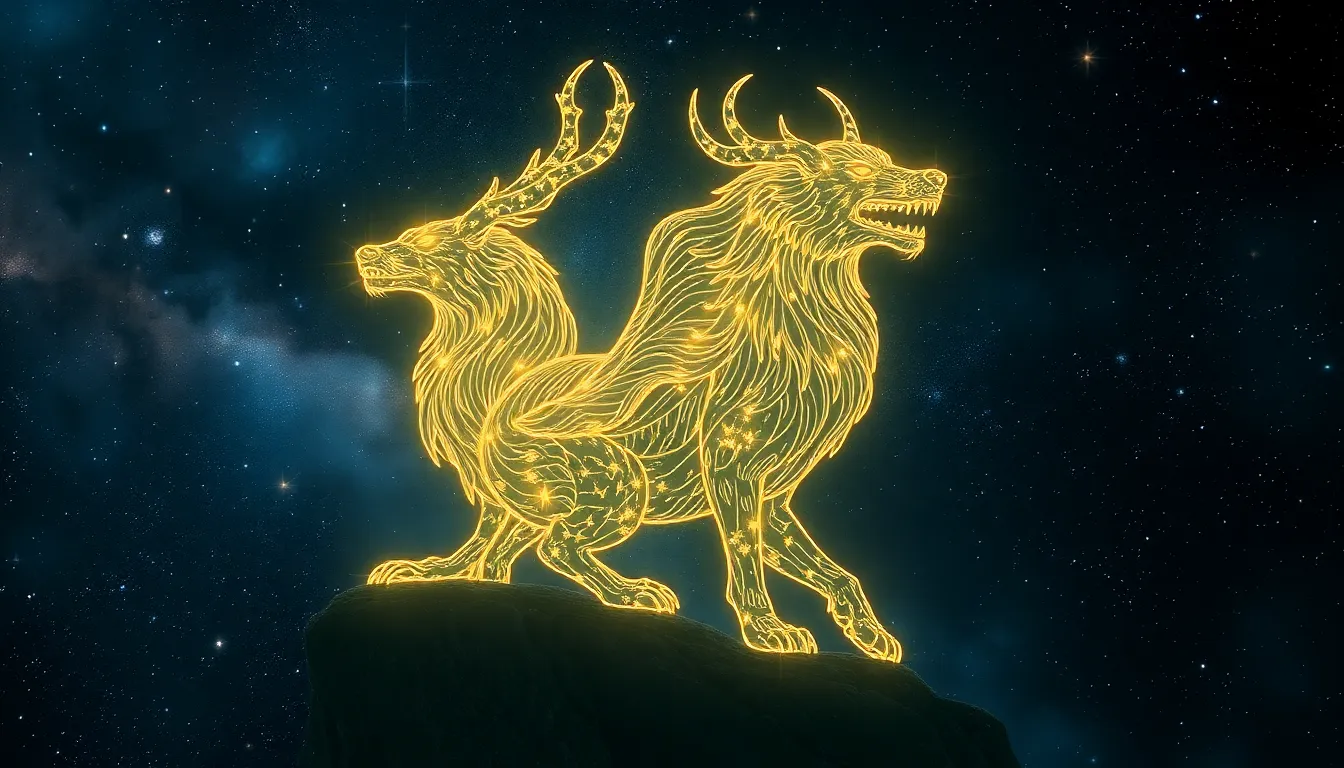The Mythology of the Lumbee Tribe
The Lumbee people, an indigenous tribe native to North Carolina, possess a rich mythology that shapes their cultural identity and spiritual beliefs. Their origin stories, passed down through generations, connect them to the land, the animals, and the celestial beings that inhabit their world.
1. Origins and Creation Myths
According to Lumbee mythology, the tribe originated from the union of the Sky Father and the Earth Mother. These primordial beings created the first humans from the clay of the earth and gave them the breath of life. The Lumbee believe that their ancestors were the first people to inhabit the land and that their connection to the natural world is sacred.
2. The Great Flood and the Survival of the Lumbee
The Lumbee mythos includes a tale of a great flood that once threatened to destroy their people. As the waters rose, the Lumbee sought refuge on a mountaintop known as Mount Misery. Only a handful of survivors remained, and they became the ancestors of the present-day Lumbee tribe.
3. The Sacred Medicine Tree
The Lumbee people hold the oak tree in high regard as their sacred medicine tree. They believe that the oak possesses healing properties and that its leaves and bark can be used to treat various ailments. The oak tree is also seen as a symbol of strength and endurance, representing the resilience of the Lumbee people.
4. The Spirit Bear and the Lumbee’s Connection to the Natural World
In Lumbee mythology, the bear is a revered animal that symbolizes strength, courage, and wisdom. The Lumbee believe that bears are connected to the spirit world and that they can communicate with humans. The spirit bear is said to guide and protect the Lumbee people, reminding them of their connection to the natural world.
5. The Thunderbird and the Power of the Sky
The Thunderbird is a mythical creature that plays a prominent role in Lumbee mythology. This powerful bird is said to control the weather and thunder. The Lumbee believe that the Thunderbird represents the power of the sky and that it can protect them from harm.
6. The Council of Elders and Spiritual Guidance
The Lumbee tribe has a strong tradition of respecting and honoring their elders. The Council of Elders is a group of respected community members who provide spiritual guidance and leadership to the tribe. The Council members are chosen for their wisdom, knowledge of Lumbee history and traditions, and their ability to connect with the spirit world. They offer guidance on important decisions, perform ceremonies, and preserve the tribe's cultural heritage.
7. The Spider Woman and the Lumbee's Artistic Tradition
The Spider Woman is a central figure in Lumbee mythology. She is said to have taught the Lumbee people the art of weaving, pottery, and other crafts. The Spider Woman is also known for her trickster nature and is often depicted as a mischievous and cunning character. Her stories teach lessons about creativity, resourcefulness, and the importance of embracing one's individuality.
8. The Lumbee Trickster and Lessons of Wisdom
The Lumbee trickster is a mythological figure who often appears in stories as a mischievous and cunning character. The trickster uses wit and deception to outsmart others and often gets himself into trouble. However, the trickster's stories also contain valuable lessons about wisdom, perseverance, and the importance of learning from one's mistakes.
9. The Role of Storytelling in Lumbee Myth and Culture
Storytelling is a central part of Lumbee culture and mythology. Stories are passed down from generation to generation, preserving the tribe's history, traditions, and beliefs. Lumbee stories often contain elements of fantasy, magic, and humor, and they reflect the tribe's connection to the natural world. Storytelling helps to strengthen the bonds between community members and fosters a sense of cultural identity.
10. The Lumbee Mythos Today: Preservation and Adaptation
The Lumbee mythos continues to play a vital role in the tribe's cultural identity today. The Lumbee people are actively involved in preserving and revitalizing their mythology through storytelling, ceremonies, and educational programs. They recognize the importance of their myths and legends for understanding their history, traditions, and connection to the land. The Lumbee mythos is a living and dynamic tradition that continues to evolve and adapt, reflecting the resilience and creativity of the Lumbee people.
Frequently Asked Questions (FAQs)
Q: Are the myths and legends of the Lumbee tribe still practiced today?
A: Yes, the Lumbee mythos continues to play a vital role in the tribe's cultural identity today. The Lumbee people are actively involved in preserving and revitalizing their mythology through storytelling, ceremonies, and educational programs.
Q: What is the significance of the oak tree in Lumbee mythology?
A: The oak tree is the Lumbee people's sacred medicine tree. They believe that the oak possesses healing properties and that its leaves and bark can be used to treat various ailments. The oak tree is also seen as a symbol of strength and endurance, representing the resilience of the Lumbee people.
Q: Who is the Spider Woman in Lumbee mythology?
A: The Spider Woman is a central figure in Lumbee mythology. She is said to have taught the Lumbee people the art of weaving, pottery, and other crafts. The Spider Woman is also known for her trickster nature and is often depicted as a mischievous and cunning character. Her stories teach lessons about creativity, resourcefulness, and the importance of embracing one's individuality.




